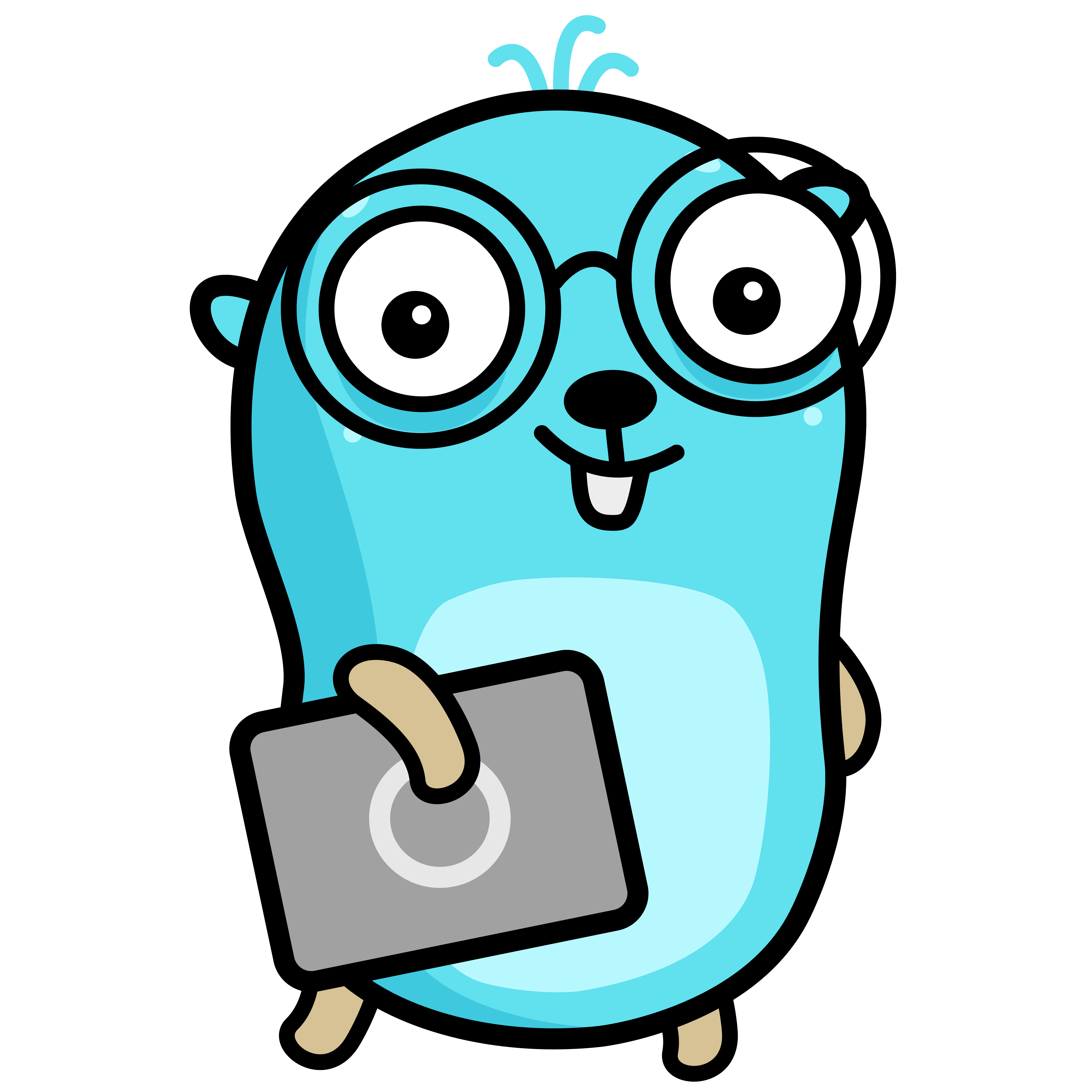Go 1.25:WaitGroup革新,并发管理迈入自动化新纪元
Go 1.25版本引入了`sync.WaitGroup`的重大革新,通过新增的`wg.Go`函数,极大地简化了并发任务的管理。此前,开发者需要手动调用`wg.Add()`和`wg.Done()`来同步goroutine的数量,容易因逻辑错误导致死锁或panic。新引入的`wg.Go`函数将goroutine的启动与计数器的增减操作自动化,开发者只需将待执行的函数传递给`wg.Go`,即可自动完成同步,显著提升了并发编程的易用性和健壮性。
此次更新消除了手动管理`WaitGroup`计数时可能出现的负计数(panic)和未完成计数(死锁)等常见问题。通过`wg.Go`,并发任务的启动和完成信号管理被无缝集成,使得开发者能更专注于业务逻辑而非底层的并发协调。此外,Go 1.25还优化了容器环境下的CPU资源感知能力,解决了此前需要依赖第三方库(如`automaxprocs`)以适配Kubernetes等环境的痛点,进一步提升了Go在云原生场景下的部署效率和性能表现。
Waitgroups: what they are, how to use them and what changed with Go 1.25
Imagine the following problem: you need to process hundreds of records and generate a single output. One way to solve this is to process each record sequentially and unify the output only at the end. However, this can be extremely slow, depending on the time spent processing each record. Another way is to process them concurrently, speeding up the overall time. In my post about introduction to concurrency, I talked a bit about goroutines and channels. Now, I’ve decided to talk about waitgroups, a way to simplify the management of multiple goroutines.


网友讨论